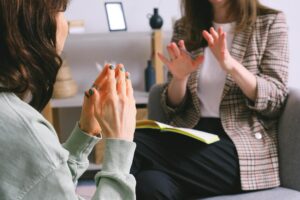Active Learning Activities
Active learning activities are tailored to specific learning outcomes and content. They incorporate one or more of the evidence-based strategies. Structured to expose their theoretical underpinnings, the activities can be used by practitioners and researchers alike.
Selected Filters:
- Applied arts
- Interdisciplinary
- Languages and Literature
- History
- Humanities
- Psychology
- Biochemistry
- Biology
- Chemistry
- Engineering
- Environmental science
- Physics
- Reflective Writing
- Problem-Based Learning
- Just in Time Teaching (JiTT)
- Jigsaw
- Flipped Classroom
- Concept Mapping
- Debates
- Distributed Problem Solving
- Two-Stage Assessment























